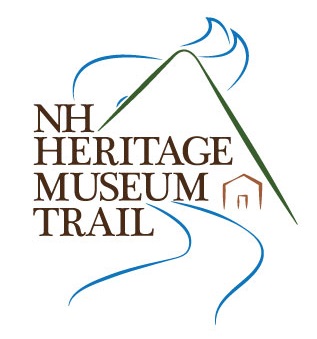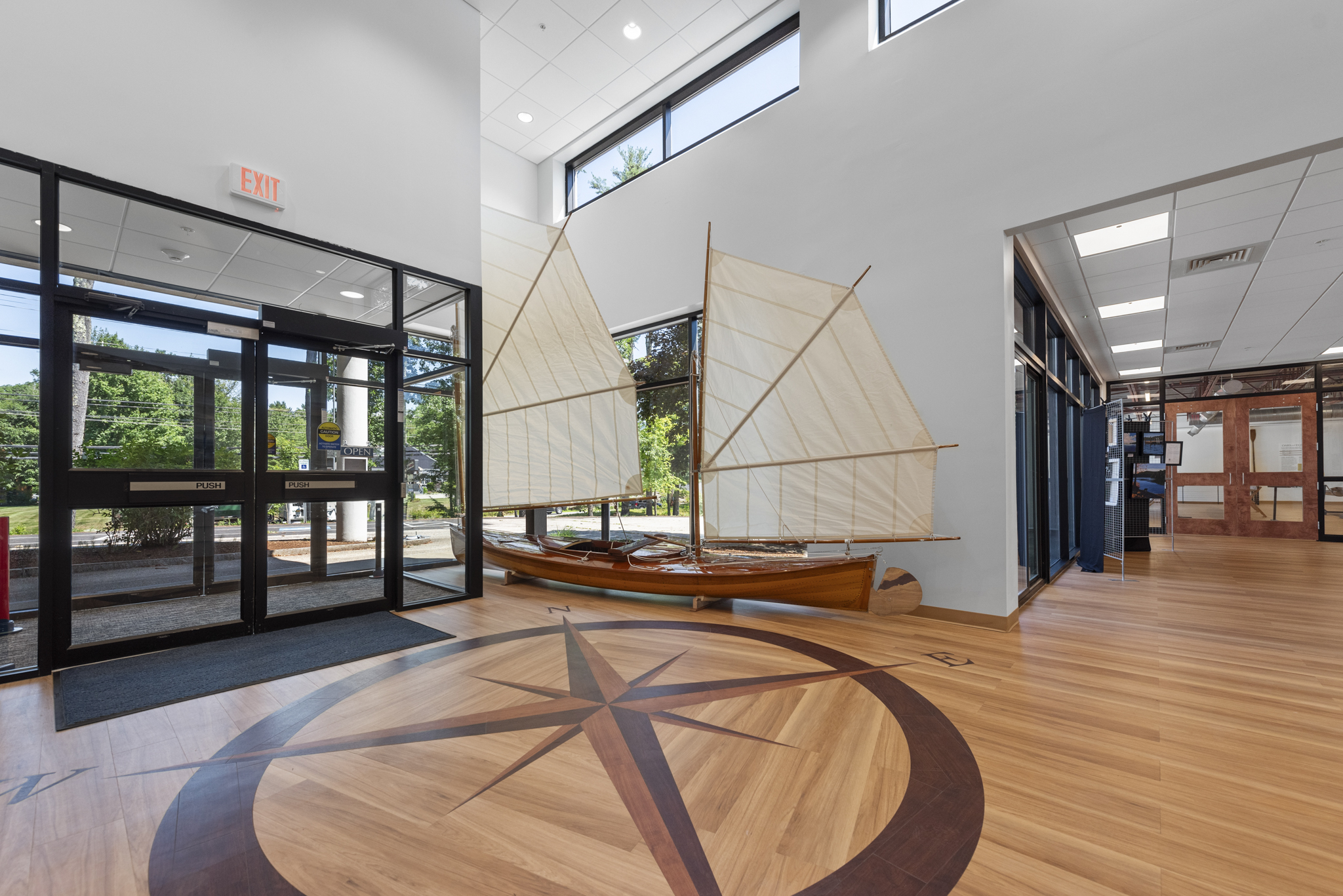Guests go ‘Behind-the-Scenes’ on New Hampshire Heritage Museum Trail
Sherburne House (1695) at Strawbery Banke Museum courtesy of David J. Murray
Tour groups will pass into a historic maritime trade hub, the Puddle Dock neighborhood, and will gain “exclusive access” to the Sherburne House (1695) and the Chase House (1762).
“These tours are really exciting,” said Strawbery Banke Museum Executive Director Linnea Grim. “We want guests to step into the past, literally, in a neighborhood that shaped the region’s history.”
Lasting approximately an hour, the tours invite guests to pass behind museum barriers and handle reproduction objects. There will also be time to ask questions. “It’s an opportunity for guests to interact with over 300 years of history, while enjoying our vibrant campus,” Grim added.
For New Hampshire Heritage Museum Trial President Jeff Barraclough, it’s an innovative idea. “These tours are exactly the kind of immersive experiences that get people interested in history,” he said. “This is an excellent addition to The Trail.”
This year Strawbery Banke Museum was recognized as one of the top ten best open air museums in the country by USA Today. Grim noted that they have recently expanded exhibits on Abenaki history and sea level rise, are hosting the New England BIPOC Fest on Sunday, August 18, and holding their 36th annual Vintage and Vine event on Thursday, September 12.
“We’re excited to welcome lots of guests this summer and fall,” she said.
A daily admissions ticket for Strawbery Banke Museum is required to attend this tour. Tickets for behind-the-scenes guided tours are an additional $20 and can be purchased at strawberybanke.org.
In addition to Strawbery Banke Museum in Portsmouth, member institutions on The Trail are located in New Hampshire’s Lakes Region, Merrimack Valley, and Seacoast.

